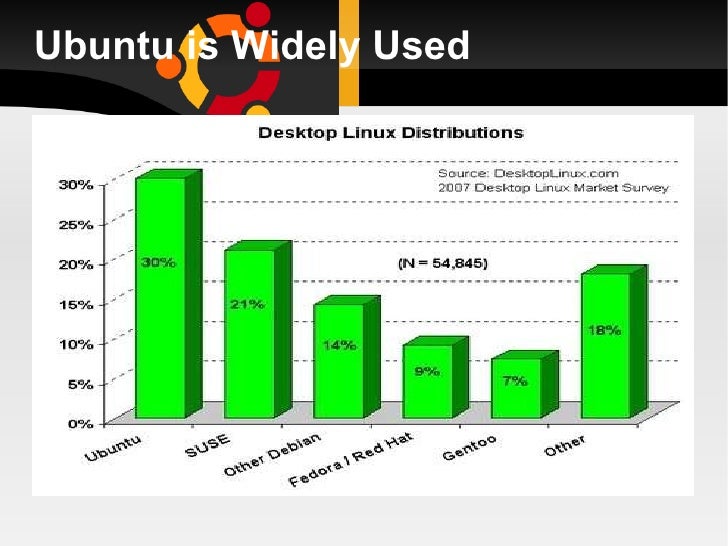
The top half of the screen shows all the important system metrics, CPU, memory, disk and network utilization for every entity. The snapshot deltas are correctly implemented by using process accounting at each process exit() so even if you have many short running processes, their sum of parts will be added together and attributed correctly to both the appropriate executable and the appropriate time-slice. T move backward in time (to the previous time-slice) T move forward in time (to the next time-slice) Without the snapshot-file argument, atop will show a view of the past day (pick any existing snapshot-file to show a different day), starting from midnight. You can move backward and forward in time to see what happened in every time-slice in the past watched day(s). This effectively gives you a little "time-machine". Network-interfaces: packets in/out (both UDP and TCP), errors, packet-retransmits and moreĪll metrics are cumulative totals for the watched snapshot.Disk-partitions: reads, writes, %utilization.Per-core CPU utilization, frequency & scaling, system vs user.snapshots use per metric point per entity. Now you will need to wait for ~10 minutes for the 1st accounting snapshot to be performed. Note the 100% disk utilization on sda and LVM which are highlighted in red color. Here's an atop screenshot showing a system during disk-utilization stress. Both utilities share the same system-data snapshot database. atop also provides a utility atopsar which is similar to traditional Unix sar. This allows you to go back in time later to investigate issues. atop is similar to programs like top or htop, with the notable difference that it runs a periodic cron job to generate & preserve full process & system activity data.


A more graphical way to capture past activity by system-state snapshoting continuously, is to use atop.


 0 kommentar(er)
0 kommentar(er)
